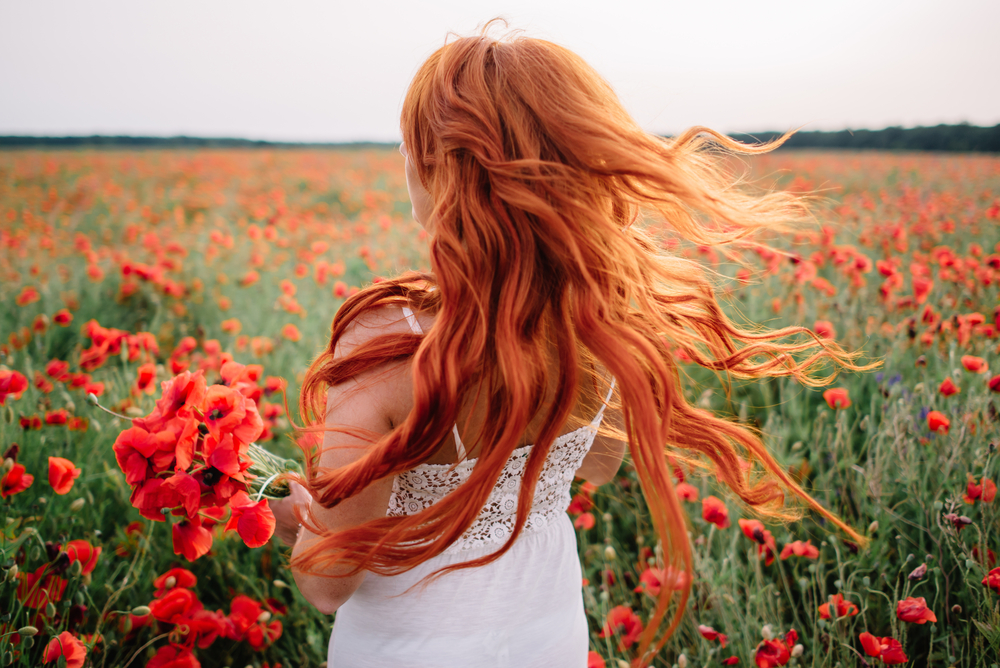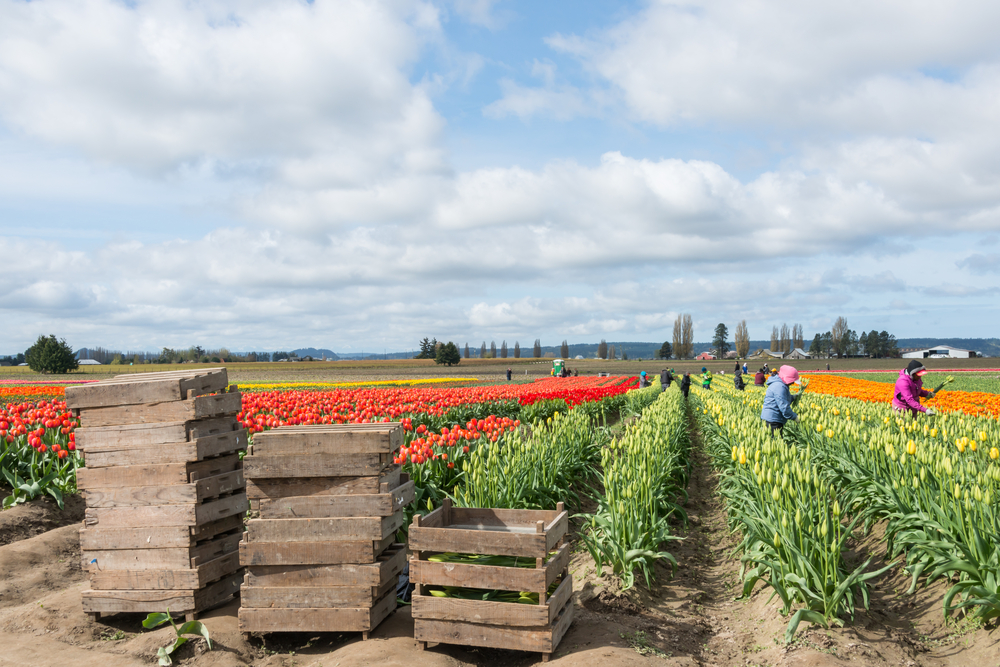Wedding planning can make flower lovers (and experts) of its brides and grooms–trust us, we’ve seen it happen. Not only do you receive a veritable education in all-things floral when you’re picking out blooms for your nuptials, but you gain a new appreciation for floral artistry, a bouquet or centerpiece’s ability to convey so much simply because of the way it was designed. Many of our couples want to talk flowers long after we’ve settled on which ones we’ll be including in their wedding. We’re always happy to give them some insight into the floral industry.
One of the biggest trends–and one you’ve likely asked your florist about–is the desire for consciously-grown flowers. Many brides and grooms are looking to utilize at least some locally-grown blooms in their floral decor, and more still are interested in where there flowers and greens are coming from otherwise. How does transportation and storage affect both the life expectancy and cost of wedding flowers? Is there a way to support local, state and North American growers in the flowers we choose for our bouquets and decor?
The Slow Flower movement has sprung up as a kind of answer to these questions. It seeks to promote local farmers and growers as well as national ones, cutting down on the additional costs and waste of importing. The idea is that the average consumer (and florist) is able to point to where their flowers came from, which gives credit to the growers and creates a better relationship between the source and the seller.
Slow Flowers are also sustainably grown ones, the result of organic farming and little to no use of chemicals. There’s an emphasis on using what’s in season and abundantly available in the area.
For weddings and other large events, it’s not as easy to use seasonal, North American flowers exclusively. We’re often looking for specific blooms we’ve seen in magazines or on Instagram and Pinterest for our special events, and there’s no guarantee that those flowers will be available in the U.S. at the time we want them, let alone nearby. So it’s more about being as sustainable as possible and making smart choices based on season and availability. Basically, being the kind of conscious consumer of flowers that the SF Movement hopes to create.


